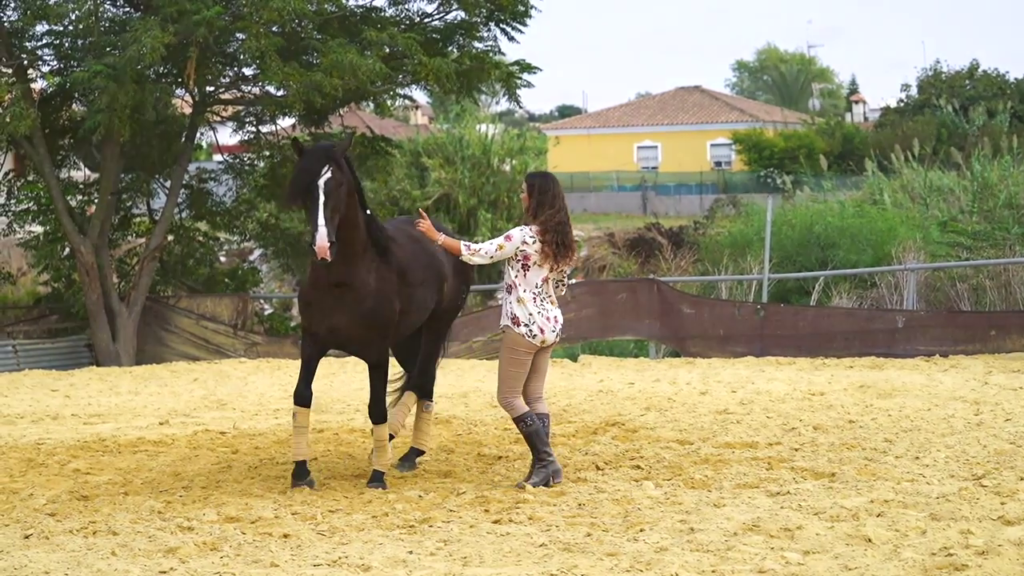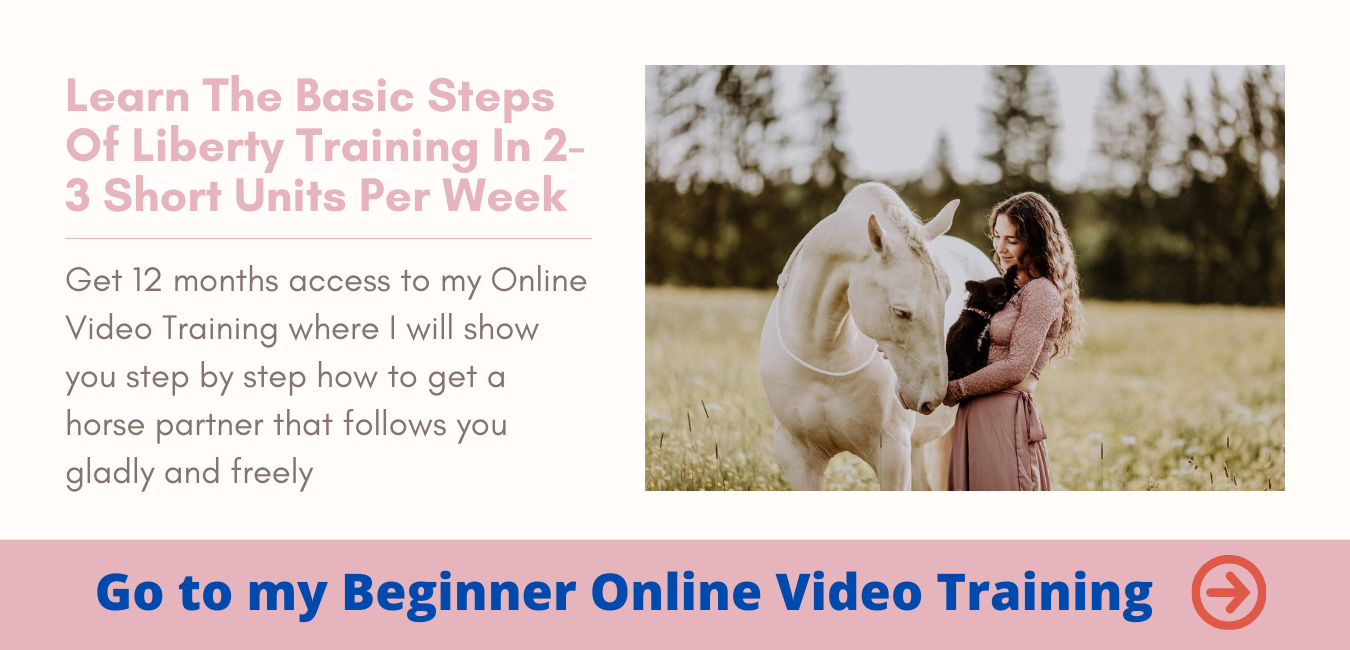The trend is clearly towards second horses, isn’t it? After all, horses are herd animals… 😉
All joking aside:
Today I would like to talk to you about why every horse is a teacher.
And why you can learn something from every horse. Training with several horses can actually increase your skills as a trainer immensely!
But more about that in a moment.
A question of character
We have often talked about the fact that every horse has its own character traits, talents and preferences.
And that it makes sense to take these into account in training.
Because not only you but also the horse will have more fun in the long run if you promote its strengths and preferences instead of trying to conceal its weaknesses – in this respect horses are probably similar to us humans 😉
Of course, I don’t mean that even a rather unfortunate horse has to be gymnastically trained in order to stay healthy – and that this training can sometimes be exhausting for the horse.
I am much more concerned with your ability as a trainer to adjust to each horse and its particularities. And to give him the best and most motivating training you can.
Because the same pattern won’t get us anywhere with every horse – but feeling, feeling and more feeling will!
Self-reflection – What type of trainer are you?
Have you ever thought about what you find particularly easy as a trainer of your horse?
Basically there are two different types of people:
The person who basically calms horses down and makes them “slower” and the person who brings more energy into the horse and makes it “awake”.
As you can imagine, different types of horses go with each type of person – and it is worthwhile to become aware of the combination.
Because the supreme discipline is to be able to adapt flexibly to the respective horse and its type and to train it accordingly.
But this requires not only a sure instinct, but also a great deal of self-control.
By the way, this is also the reason why every horse can basically find a cover with which everything comes “easily” to him.
But even if you have got the horse that you need to develop further, you as a human being can shape yourself into the perfect cover – time, patience and the necessary knowledge are the key here, along with a lot of feeling.
You probably already know whether you feel more at home on the lively horses or whether you feel comfortable on a comfortable representative.
But that doesn’t necessarily tell you which type of trainer you belong to.
Because like and like make good company – but opposites also attract 😉
The game with energy
Your own energy level can give you the answer.
Are you more lively and bubbling over with energy? Or do you rest in yourself, are you more the mindful, slow type who first takes a deep breath instead of jumping straight into a task?
Even if you don’t recognise yourself in any of these examples – all gradations in between and mixed types are possible.
But it gets exciting when you use your charisma and energy in a targeted and conscious way.
The best way to test which type you are and how flexible you are is to work with several horses in a row.
Even if you have a similar training goal and a similar training structure in mind, each horse will demand something different from you in order to reach the same goal.
As an example, perhaps imagine circling around you at the trot.
The goal is for the horse to trot around you in a relaxed but curved and attentive manner.
If you now have the fiery Arabian in hand, who is bubbling over with energy and can hardly be stopped, it will be your task to radiate calm and to take some of the wind out of his sails through your energy and a very calm body language with not too much tension.
After all, he should not gallop around you, but trot in a relaxed manner.
If you then have a rather leisurely Norwegian in hand who seems to be constantly asking himself how he can best save energy and whether it is really worth the effort, your task is a different one.
If you were to ask for the trot with the same energy as with the Arabian, breathing deeply and with a relaxed posture, probably not much would happen – depending on how sensitive our Norwegian is.
Of course, we don’t want to lump all horse breeds together.
I’m just trying to give you a better picture in your head, even if this is far from reality and of course far too pigeonholed 😉
The Norwegian in our example probably needs more energy from you as a trainer to get moving. Here you can move more briskly, bring more tension into your body and breathe in consciously to bring “life” into the training – without your horse jumping off as if stung by a tarantula.
Depending on the horse, the trotting on the circle should be set up in a fundamentally different way.
If you have a horse that learns quickly, you should consciously alternate the tasks you give him so that he doesn’t get bored.
If you repeat a task too often, you actually demotivate this type, because your eager pupil gets the feeling that he just can’t do it right – otherwise you could move on to the next challenge.
However, if you have a slower learner, it can help to build in some repetition to create a routine.
This will give your horse something to focus on and he will learn better than if you confuse him with too many new tasks.
Of course, your “reward system” must also be adapted to the individual horse and its level of training.
For example, if he trots around you on the circle for the first time, you can cheer him on much more clearly and let him trot for a much shorter time to encourage him.
If, on the other hand, trotting on the circle is part of your daily work, there are no longer fireworks of emotion for every correct step – but only later. After all, you grow with your tasks 😉
You might ask yourself how easy or difficult it is for you to adjust to each horse or whether you even tend to want to “impose” your training method on each horse.
Maybe a lot of things would be easier if you were more flexible during the training and could control your energy and charisma even more consciously – after all, every horse has more energetic and less energetic days.
This is anything but easy, because things that we have “always done this way” have often become second nature to us.
Often we don’t even question whether there is another way with this horse at this moment that would make it easier for us and the horse.
I want to encourage you today to question and think through more.
And to raise your “trainer skills” to a new level.
You can learn something from every horse – in its own special way.
One horse may teach you patience, another may teach you body tension, another may teach you particularly fine signals.
See each horse as a teacher with whom you can grow together through your joint training – and also grow together.
Of course, there is also a short video about this today – because videos can be incredibly valuable in many ways!
[su_youtube url=”https://youtu.be/zsosxXMSNSY”]
With this in mind, have fun trying it out 😉
All the love
Your Kenzie




